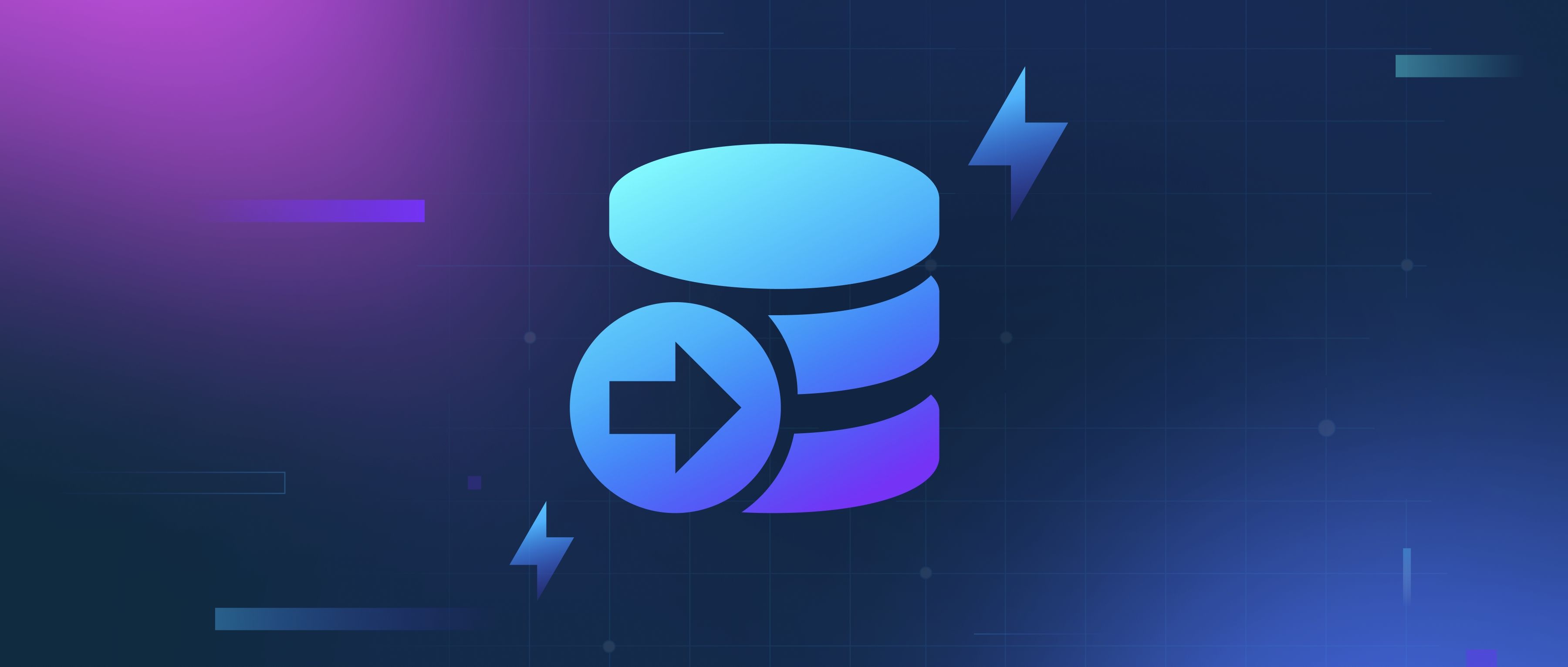Multi-agent systems simulate social behaviors by creating multiple autonomous agents that interact within a defined environment. Each agent represents an individual with its own goals, rules, and behavior patterns. By allowing these agents to communicate and coordinate with one another, developers can model complex social dynamics effectively. This approach enables the simulation of various social interactions, such as cooperation, competition, negotiation, and even conflict resolution, mirroring how individuals behave in real-world situations.
One practical example of multi-agent systems is traffic management simulations. In this scenario, each agent represents a vehicle or a traffic light. The agents operate based on predefined rules, such as obeying traffic signals or responding to nearby vehicles. By observing how these agents interact, developers can analyze traffic flow, identify bottlenecks, and test solutions like optimizing signal timings or introducing new road layouts. This kind of simulation not only provides insights into traffic behavior but also helps in making informed decisions to enhance overall roadway safety and efficiency.
Another example comes from social media simulations, where agents imitate user behavior regarding content sharing, liking, or commenting. Each agent can represent a unique user with distinct preferences and interactions, allowing developers to study trends, the spread of information, and how opinions form and change over time. By tweaking the parameters of these agents, such as their openness to new ideas or their tendency to follow the crowd, developers can observe how these variations influence the collective behavior of the simulated population. Overall, multi-agent systems provide versatile tools for understanding and predicting social behaviors in a range of contexts.
